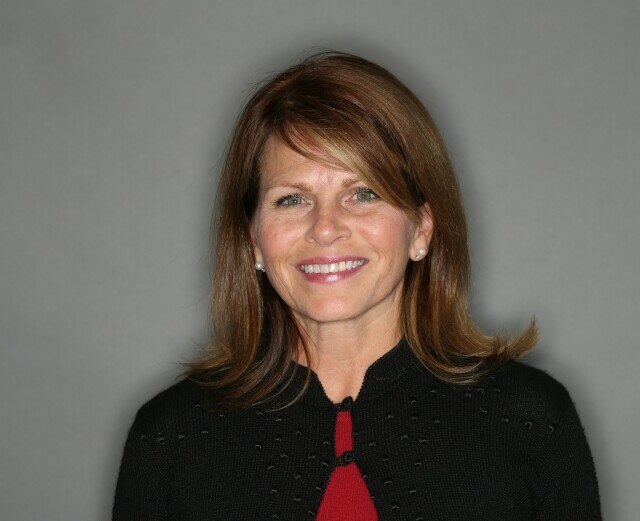Moving the Local/National Spot TV Needle at MAGNA

Mission one these days for MAGNA executive Kathy Doyle (pictured): Growing both new business and new business opportunities in the arena of local and national spot television advertising.
"We're at a point where we have great opportunity to change and evolve and really move this forward in a great way," says Doyle, MAGNA's executive vice president of local investment. "There's great potential right now, provided we do the things we need to do to change this business, and keep it as a good and great option for our clients."
Under her department, MAGNA -- itself an enterprise owned by IPG Mediabrands -- is undertaking a number of initiatives to expand the assortment of local/national spot campaign sponsors and where they can deploy those campaigns beyond designated avails on broadcast, cable and multicast channels. One is having Hudson MX build out an end-to-end technology infrastructure that facilitates more effective ad campaigns to reach specific audiences.
Another is encouraging the growing number of smart TV-distributed programming services, along with the smart TV set and gadget providers facilitating that distribution, to carve out local and national spot opportunities. Conversations are underway amid a big push by top ad agencies and media buying organizations this Upfront season to shift ad budgets from other media into the smart TV environment. "We're definitely seeing more interest from some of (these) providers in local, as they see other people tapping into it and taking great advantage of it," Doyle observes. "It's definitely possible."
One more course MAGNA is pursuing to drive local/national spot business is encouraging more of their clients to adopt a pay-for-performance model with these campaigns. "It's basically making sure the client gets the impressions they pay for, within the campaign as ordered," explains Doyle. "If we buy 10,000 impressions, we get 10,000 impressions in that (campaign) flight, or when the flight is over, we just take a credit for the difference for whatever that gap is from order to delivery. Everybody's done with it, and we all move on. Those we've worked with on the sales side have seen great success."
MAGNA's pay-for-performance strategy began three years ago with one client, and as of this month, close to 40 percent of local/national spot campaigns involving agency clients are managed through the process. Doyle expects that usage to catapult near 100 percent by the end of 2021.
"Clients get what they want, when they want it," she continues. "The sales side have more inventory now to put into the open marketplace."
For Doyle, efforts by the ad industry at large to expand the local/national spot TV business and not be left behind by dramatic adoption of smart TV product and content options depends on a mix of new tech and sales philosophy. "First and foremost, embracing technologies that make the business processes easier and more efficient to operate in general. When you look at local, we're buying 210 markets, and national is buying one market," she understands. "The overhead is incredible on both the buy side and the sell side, and what we need to do is embrace every single bit of technology we can to eliminate the lower value work."
Automating some of that critical workload is one step forward. Better and more conclusive data research, leading to the development of campaigns that address habits of specific demographic and geographic audiences is another. "Being able to harness that … where I can apply data to audiences in Paducah or Los Angeles … it doesn't matter," Doyle suggests. "It takes the same amount of effort, the same amount of work, and will deliver great results for my clients in (both locations)."
Doyle is optimistic that the mega-content services launching ad-supported formats this year -- HBO Max, discovery+, Paramount+ and Spanish-language PrendeTV -- will introduce local/national spot commercial pods at some point. So will Peacock, which started it ad-supported version last summer. That can be a door-opener to a trio of new directions for local/national spot sales, namely addressability, interactive commercials or campaigns, and commerce, where viewers can order merchandise or services via smart TV gadget remotes, or their voice with assistance from Alexa, Google Assistant, Siri or similar features powered by artificial intelligence.
"I like interactivity," Doyle acknowledges. "If you find the right audience and then the right message for them, that's a nice layer to the process."
From Doyle's perspective, complacency is a death wish in this business. "Local TV must be constantly re-evaluating and looking for smarter ways to do business," she asserts. "We must be highly pro-active investing in technology, service and stewardship systems along with progressive sales and management strategies to compete in the broader media markets. National and digital media are widening the gap and will continue to eat our lunch if we don't evolve."
Click the social buttons to share this story with colleagues and friends.
The opinions expressed here are the author's views and do not necessarily represent the views of MediaVillage.com/MyersBizNet.


